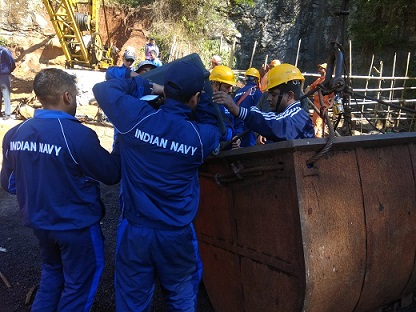 SHILLONG, DEC 31: The Indian Navy (IN) has suggested the district authorities to start using the high powered pumps for dewatering the mine where the 15 miners were trapped since December 13.
SHILLONG, DEC 31: The Indian Navy (IN) has suggested the district authorities to start using the high powered pumps for dewatering the mine where the 15 miners were trapped since December 13.
“The Indian Navy has requested the district administration to assist in dewatering so that it comes down to 30 meters or within safe diving limit then they will again commence diving,” operation spokesperson R Susngi said.
He said these safety measures are being undertaken to rule out decompression sickness (DCS).
The joint operation by the Indian Navy and the National Disaster Response Force (NDRF) started at 10am on Monday.
The Indian Navy entered the main shaft to survey the bottom of the sheet using UWROV or Under Water Remotely Vehicle.
The NDRF are providing all logistics and human resource help to Indian Navy.
The fire service odissa are on the job at present to commence the pumping of at least three machines in the nearby shafts.
Susngi said at 3 pm the Indian Navy divers who stayed inside the shaft came out after three hours UWROV found that there are some wooden structure inside and coal was also found lying beneath.
“Visibility is very poor only around one foot at the bottom mud also was found. One rat hole was also found with coal at its mouth. The Indian Navy told that when the level of the water comes down the search will be feasible,” he said.
He said at present the site is cleared for fire service oddissa to start the pumping of water from the main shaft.
According to him, the other shafts nearby are being prepared to keep the pumps of odissa to enable to operate the pumping.
At least 15 miners were trapped in an illegal coal mine at Khloo Ryngksan (and not Ksan as was reported earlier) after water from nearby Lytein River gushed inside the mine on December 13.
The National Green Tribunal has banned unscientific mining of coal using small horizontal holes along the coal seams often referred to as
“rat-holes” since 2014.
Transportation of already extracted coal is intermittently allowed to transport from the state where it is exported to Assam and Bangladesh.
The NGT had first allowed transportation in 2015 and recently the Supreme Court had allowed transportation of already extracted coal till January 31.
By Our Reporter











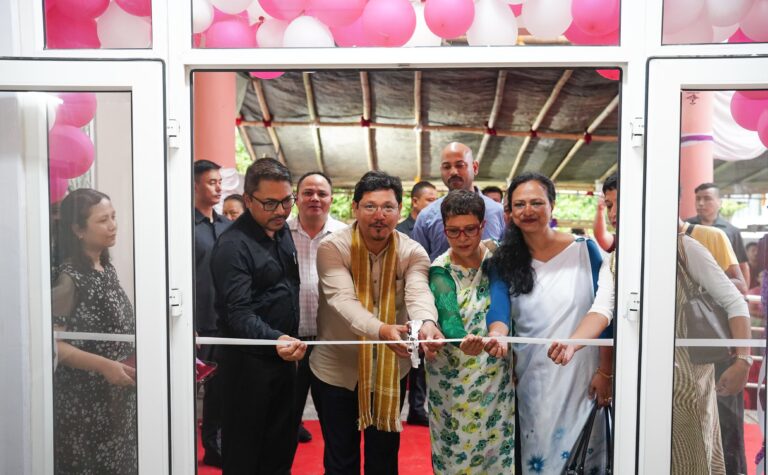

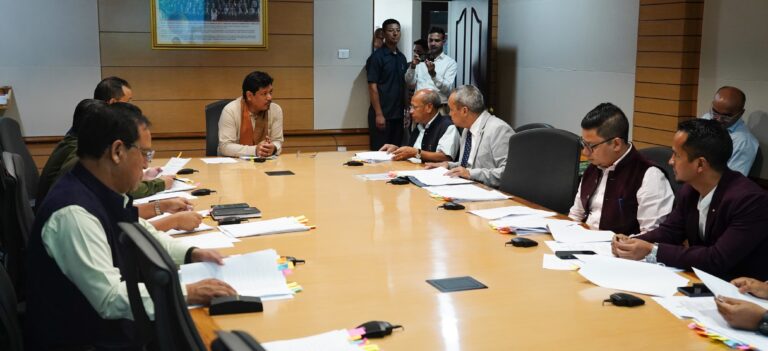

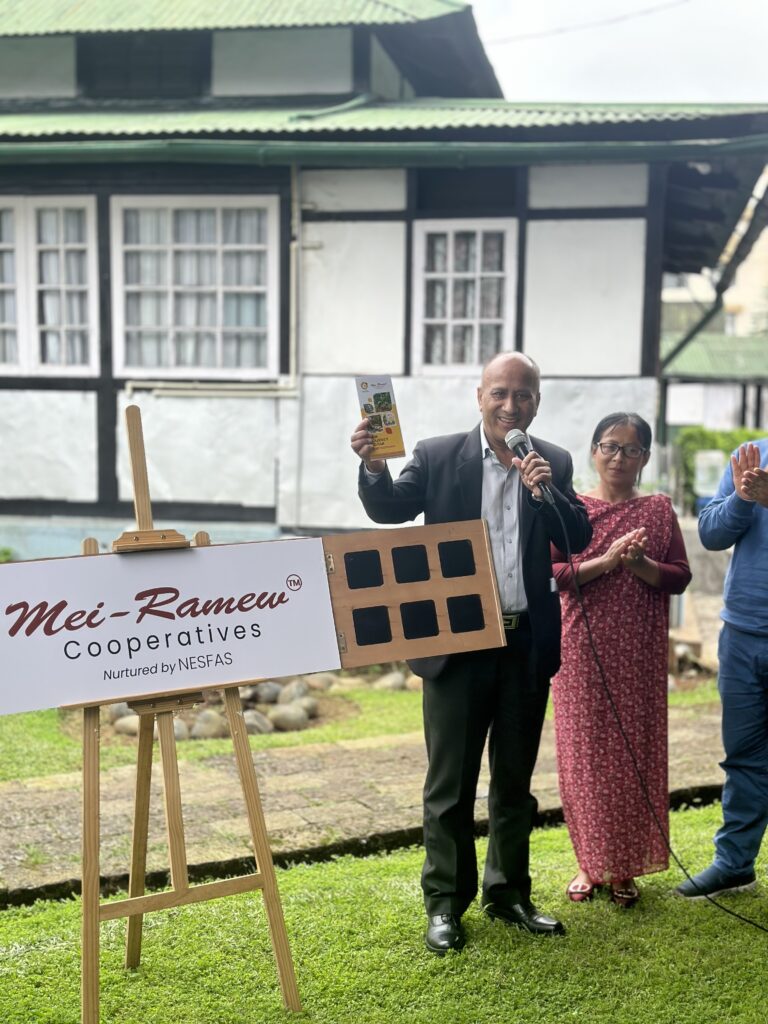

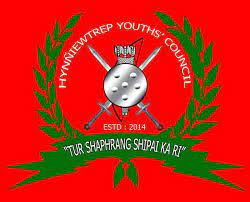


+ There are no comments
Add yours